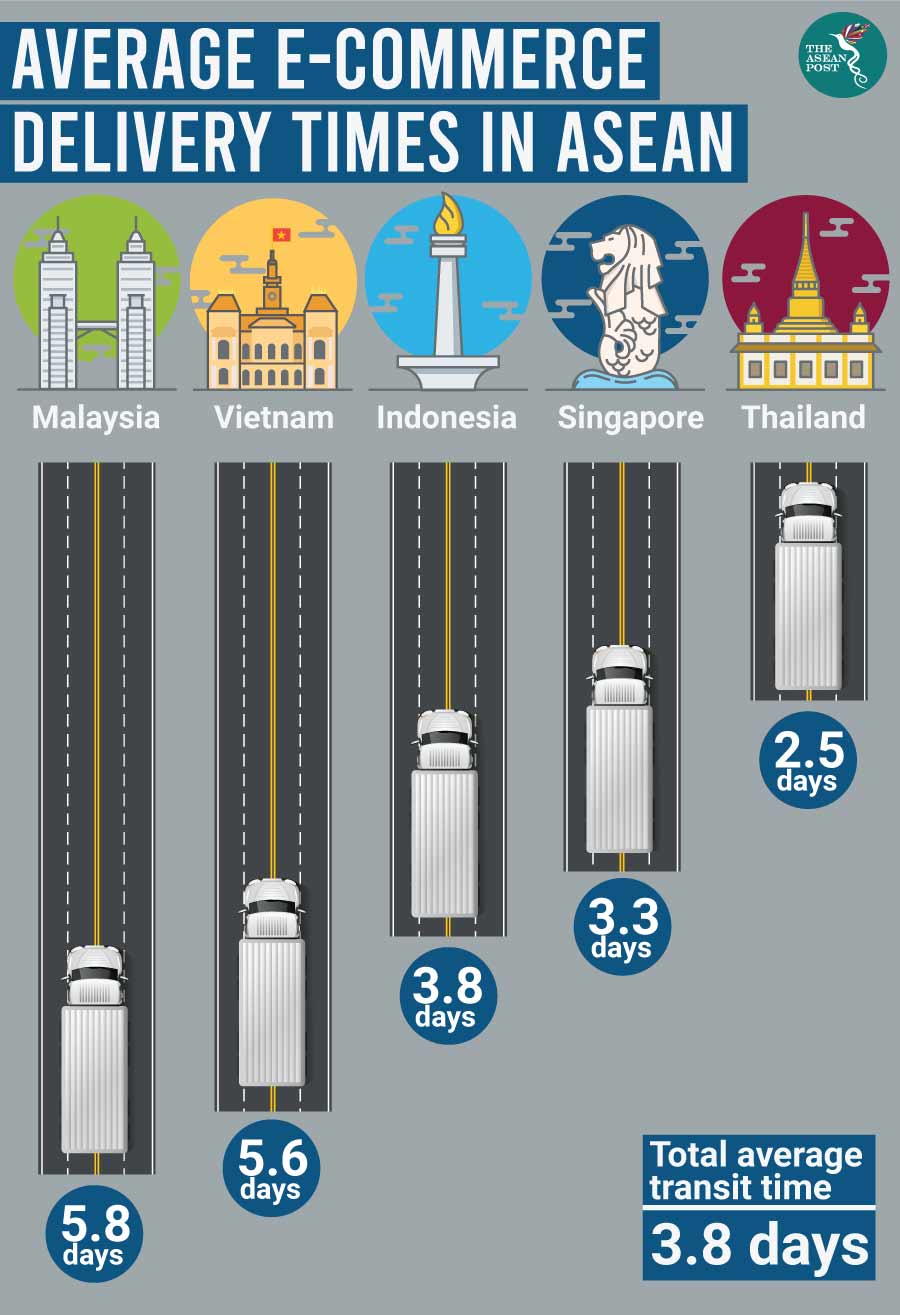The biggest mobile payments company in Southeast Asia (SEA) is not a bank or mobile company but a ride hailing company - Grab. Riding on the stellar customer experience (CX) provided by Grab – GrabPay, the mobile payments platform on the Grab app, has become one of the first e-wallets at scale from SEA to be accepted worldwide.
In contrast, the banking experience from traditional players has remained stagnant, becoming redundant in the eyes of end-users who’ve moved on to what they consider a better offering.
The writing on the wall is clear – if enterprises do not up their CX game, customers will just take their business elsewhere. The fact is that poor customer service is costing businesses more than US$75 billion a year!
According to Gartner, artificial intelligence (AI) will be a mainstream customer experience investment in the next couple of years, with 47 percent of organisations expected to use chatbots for customer care and 40 percent to deploy virtual assistants.
While the basic tenets of customer service are everlasting, consumer expectations are not. As we make breakthrough forays into a “customer first” dimension, evolving customer expectations coupled with complex interactions at every stage of the customer journey are pushing enterprises to shift from being “customer attentive” to “customer committed”.
Contact centres and enterprise CX strategy
Enterprises must focus on innovating beyond the predictable product or service threshold and deliver a CX that truly differentiates. This brings the role played by contact centres with the integration of AI and automation – the critical bridges between an enterprise, the understanding of hidden intents and its customers – to the forefront. The failure of contact centres to provide seamless, contextual, immediate, and personalised experience and service across the customer’s channels of choice could lead to significant customer churn. Enterprises should convert their contact centres from a cost to a strategic asset by transforming the CX.
So, what do customers want? I believe there are three key expectations they have when it comes to contact centres:
1. Prediction of needs and personalisation of services: 84 percent of consumers state that being treated like a person - not a statistic - is the key to winning their business. In practice, this means that enterprises and especially their contact centre agents need to have constant access to a customer’s entire interaction history, analyses of their preferences, and key digital footprints, and leverage these insights to offer a stellar and tailored CX.
Let’s take the example of a frequent traveller who has a Delta and SouthWest airlines gold membership. He has to book a ticket to Florida from San Francisco on a United Airlines flight for time convenience. He calls the United contact centre agent who gets a quick running analysis through their AI and machine learning (ML) algorithms that the customer is a United Airlines blue member but is a frequent traveller holding gold membership on other airlines. Hence the agent treats him as a potential gold member and offers him attractive options to choose from.
2. Omnichannel operability: Accustomed to channel and device hopping, consumers now expect seamless omnichannel services. Research from Salesforce, an American cloud-based software company, shows that 75 percent of people expect similar experiences while engaging with brands – be it through social media, mobile apps, or while interacting with an actual person.
3. Responsiveness: Immediacy is in demand. Customers have low tolerance for resolution times and want fast and accurate responses to their problems. Research states that 66 percent of consumers expect a same day response to their query, and over 40 percent expect a reply within the hour.

The intelligent, omnipresent contact centre on the cloud
While there are several contact centre solutions in the market offering omnichannel capabilities, cloud and managed solutions and numerous AI tools providing dynamic, predictive analytics – they aren’t meeting the needs of the modern enterprise.
What companies need is a single solution that does it all - a unified, ultra-agile, secure, omnichannel, cognitive, and end-to-end managed contact centre solution.
Pioneers with proven market leadership are heralding in cloud-based, AI-enabled contact centres that offer predictive analytics-based routing, leverage data across multiple systems, and apply predictive analytics to dynamically predict every customer’s need and map them to the agent best suited to address the requirement.
In these most advanced contact centre environments, humans and AI work hand in hand: an AI is able to target a specific customer request while simultaneously acting as an assistant to live agents, helping them optimise tasks and mine multiple data sources using a live transcription of the call. Gartner reports that 35 percent of contact centre and support operations will integrate virtual customer assistant (VCA) or chatbot technology across engagement channels by 2020.
Effortless engagement is crucial, not just between an agent and a customer, but also between departments and lines of business. So, your contact centre platform needs to enable seamless collaboration both internally and externally across multiple devices to allow your organisation to truly elevate the service you provide for your customers.
The call-to-action for enterprises is clear – go digital or lose your market advantage. While upgrading legacy contact centre infrastructure and incorporating digital tools may entail immediate costs, it will guarantee a tangible and appreciating return on investment (ROI) in the long term. The new frontier for enterprises is to develop an ultra-agile, high performing contact centre strategy and start using CX for a competitive advantage.

Related articles:
